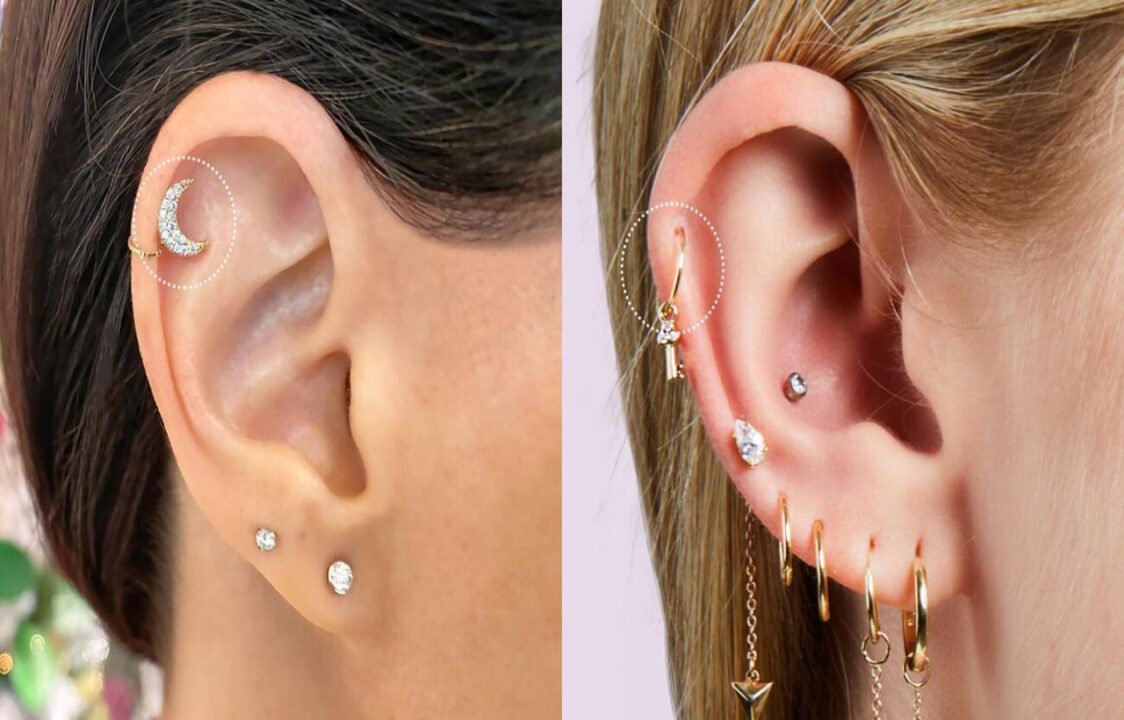The hibiscus flower, with its vibrant colors and intricate petal structure, is a popular subject for artists and illustrators. Learning to draw this captivating flower not only enhances your skills in botanical drawing but also lets you explore vivid textures, colors, and forms. This guide on hibiscus flower drawing will provide you with step-by-step techniques, tips for adding realism, and insights on how to capture the flower’s unique beauty effectively. Whether you’re a beginner or a seasoned artist, these approaches will help you master hibiscus illustration.
Understanding the Hibiscus Flower’s Structure
To draw an accurate hibiscus, it’s essential first to understand its unique structure. Hibiscus flowers have five large, often overlapping petals that radiate from a central stamen. The stamen, the flower’s reproductive part, extends outward prominently, surrounded by delicate anthers and filaments. Observing the curvature of each petal, the stamen’s position, and the way the petals fan out is vital for a realistic drawing.
You May Also Like: The Color Purple 2023 Torrent: Everything You Need to Know
In addition, hibiscus flowers come in various colors, like bright reds, pinks, and yellows, which influence the shading and color application. Studying real hibiscus flowers or high-resolution photos can help you get acquainted with these details. Observing and sketching the basic shapes is the first step toward capturing the essence of the flower.
Materials for Hibiscus Flower Drawing
Using the right materials can elevate the quality of your hibiscus flower drawing. Here are some essentials you’ll need:
- Graphite Pencils: Useful for outlining and shading. Soft pencils (like 2B and 4B) are perfect for adding depth, while harder pencils (like H and 2H) create finer lines.
- Erasers: Both kneaded erasers and pencil erasers work well for adjusting outlines and adding highlights.
- Colored Pencils or Markers: Ideal for adding vibrant colors to your drawing. Colored pencils allow layering, creating realistic textures.
- Paper: A smooth, acid-free paper, like Bristol or sketching paper, is recommended for easy shading and color blending.
Having the right tools on hand will ensure you’re ready for each stage of the drawing process.
Basic Outline Techniques
Begin your hibiscus flower drawing with a light outline. Start by sketching a circle to define the outer boundary of the flower. Divide this circle into five equal sections, each representing a petal. The goal here is to capture the general shape of each petal and its orientation. Hibiscus petals are not uniformly shaped, often appearing wavy or curled at the edges.
Once the petals are outlined, focus on the stamen. This part will need careful attention as it adds dimension to the flower. Use a pencil to mark the center and draw the stamen extending out, adding small circles for the anthers. Keep the lines light since they will serve as a guide for further detailing.
Adding Depth with Shading
Shading is an important technique for creating a realistic hibiscus flower drawing. To begin, identify the light source in your drawing. Visualizing where the light hits the petals helps you understand where shadows naturally fall. The lower areas and edges of each petal often have darker shading, creating a layered look.
Use a soft pencil, such as a 2B, to gradually build shadows on each petal. Applying a light touch allows you to adjust shading without harsh lines. The petals should appear rounded, with darker shading near the base where they overlap. Blending stumps or tissue paper can soften the shadows, giving a smooth gradient effect.
Using Color to Enhance Realism
Coloring a hibiscus flower brings out its beauty and character. Choose shades that capture the natural tones of hibiscus flowers, such as pinks, reds, or yellows. Begin by applying a base color to each petal, then gradually add layers of varying tones for depth. Colored pencils or watercolors work well for achieving a lifelike effect.
Focus on shading each petal from the edges inward, creating a transition from darker hues near the petal’s center to lighter ones at the edges. Use white or lighter-colored pencils to add highlights, particularly where the light hits the petals. Adding contrasting colors around the stamen can make it stand out and enhance the overall realism.
Capturing the Details of Hibiscus Petals
Hibiscus petals are known for their crinkled, veined texture. To capture this, start by lightly sketching the veins on each petal using a sharpened pencil or fine-tipped marker. The veins radiate from the petal’s base and become fainter as they reach the edges.
Use short, light strokes to draw the veins, avoiding hard lines, as they should blend naturally into the petal’s surface. For extra detail, add subtle, fine lines on the edges to show a slightly ruffled look. These intricate touches make the flower appear more realistic and three-dimensional.
Finishing Touches for a Lifelike Drawing
Finishing touches can transform your hibiscus flower drawing from good to stunning. Focus on enhancing contrast by darkening shadows around the base of each petal and near the stamen. Small highlights on the anthers add dimension to the flower’s center. Additionally, softening or sharpening lines around certain areas helps guide the viewer’s attention to focal points in the drawing.
Don’t forget to review your work for any adjustments. Adding tiny details, like faint texture on the petals, can bring out the unique character of the hibiscus.
Common Mistakes to Avoid in Hibiscus Flower Drawing
Creating a beautiful hibiscus flower drawing comes with challenges. Here are some common mistakes to avoid:
- Over-shading: Too much shading can make the petals look flat. Use light layers and adjust gradually.
- Uniform petal shapes: Hibiscus petals vary in shape. Avoid making each petal identical, as this reduces realism.
- Neglecting the stamen: The stamen is a central feature of the hibiscus. Be careful with its shape and position to ensure it complements the petals.
- Skipping reference images: Drawing from memory can lead to inaccuracies. Use real hibiscus photos to guide your work.
Hibiscus Flower Drawing
Creating a hibiscus flower drawing involves capturing the details and colors that make this flower so enchanting. The steps outlined above—from outlining and shading to adding color and final details—will guide you in producing a lifelike representation. Whether for a botanical illustration or an art piece, following these techniques will allow you to express the beauty of the hibiscus in your own unique way. Experiment with various colors and styles, and don’t be afraid to adapt these methods to suit your artistic vision.





